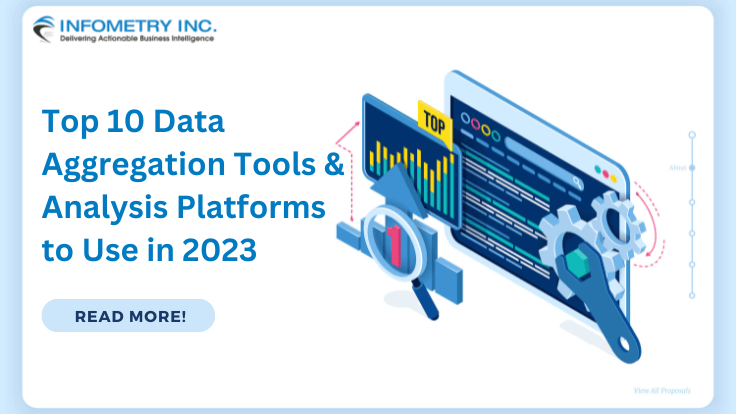
Top 10 Data Aggregation Tools & Analysis Platforms to Use in 2023
January 25, 2023
Is Snowflake a Future of Data Warehousing?
January 31, 2023Ensure a Smart and Strategic Integration with MuleSoft API
2023 has arrived, and the reception of new technologies has kept pace; digital transformation has become relatively mainstream. But you see, organizations are running to get up to speed. As behemoths set the benchmarks, different organizations are enlivened to follow accordingly and integrate the Complex APIs themselves. While trying to rebuild conditions to eclipse business goals, prioritizing connected experiences and efficiency seems bright.
Discussing benchmarks, the 2022 connectivity benchmark report concluded that enterprises are welcoming APIs in combination projects wholeheartedly. Enterprises generate 27% of their income from API and relative implementations. However — and this is significant — only one in three applications are integrated:
- 43% of enterprises utilize and manage around 800 applications.
- 43% deploy more than a thousand applications.
The typical lifespan of any of these applications is around four years. As you might surmise, using 1,000 applications is a costly propensity; luckily, there are ways you can take care of business.
MuleSoft is a famous stage for building and incorporating APIs. So, ensuring an innovative and strategic integration with MuleSoft API can benefit you in several ways, such as:
Improved data flow and connectivity between systems
MuleSoft’s API-Led Connectivity Strategy allows for creating reusable, modular APIs connecting different systems and applications, making data flow more efficient and streamlined.
Increased agility and scalability
MuleSoft’s platform allows for easy integration of new systems and applications, making it easier to adapt to changing business needs.
Better visibility and control
MuleSoft’s platform provides real-time monitoring and analytics, which can help organizations gain greater visibility into their data flows and make more informed decisions.
Enhanced security
MuleSoft’s platform offers a wide range of security features, such as encryption and identity management, which can help protect sensitive data and ensure compliance with industry regulations.
Cost savings
By using MuleSoft’s platform, organizations can reduce the need for custom integration work and the total cost of ownership of their integration efforts.
Here are a few key steps to ensure Smart and strategic integration with MuleSoft API
Understand the business requirements: Understand the systems that need to be integrated and the data that needs to be exchanged between them.
Define the scope of the integration
Determine which systems and data will be included in the integration and which will be excluded.
Create a comprehensive integration plan
Develop a detailed plan that outlines the steps required to integrate the systems and data, including timelines and resources needed.
Use best practices and standards
Follow industry best practices and standards when designing and implementing the integration to ensure that it is robust and scalable.
Test the integration thoroughly
Test the integration in a development environment before deploying it to production to ensure that it meets the business requirements and that there are no issues.
Monitor the integration
Monitor the performance and availability of the integration and troubleshoot any issues that arise. Make any necessary updates or changes to the integration flow.
Continuously improve
Continuously evaluate the integration and make improvements as needed to ensure that it continues to meet the evolving business requirements.
By following these steps, organizations can ensure that their MuleSoft integration is intelligent, strategic, and efficient and will meet business needs over time. Also, our team of MuleSoft consultants and API specialists will help you build an API strategy and achieve a results-driven solution. We focus on your long-term digital strategy and advise how to integrate products and services to earn your business goals.




